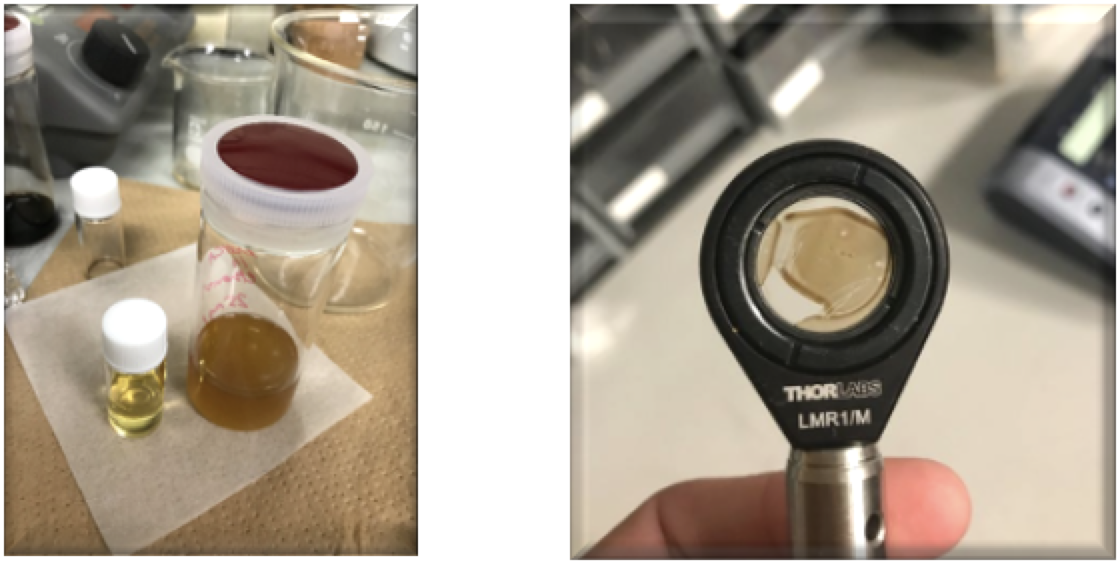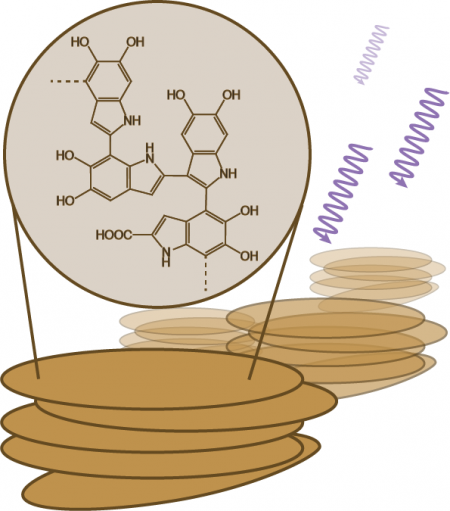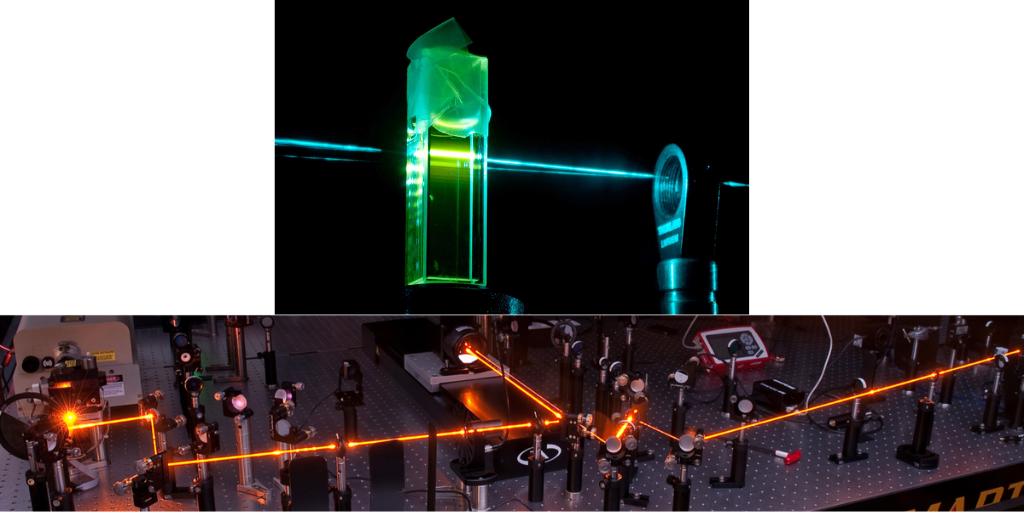Discover the secrets of how melanin protects skin from UV radiation
4 September, 2023
In a paper published today, a team of researchers at Te Herenga Waka—Victoria University of Wellington (VUW) has used world-first technology, newly commercialised in New Zealand, to show for the first time precisely how melanin protects our skin from sunlight.
Researchers have long known the melanin in our skin protects against the damaging effects of UV radiation by dissipating high-energy radiation into heat. But exactly how melanin dissipated the energy and afforded this protection has not been well understood. A paper published today in the Proceedings of the National Academy of Sciences shows that when sunlight hits our skin, a type of melanin called eumelanin protects us against free radical damage through a two-step reaction that dissipates the damaging high-energy radiation..
Te Herenga Waka—Victoria University of Wellington Professor Justin Hodgkiss, who led the team, says the research is very relevant to New Zealand, a country with high UV exposure and skin cancer rates, and the findings have potential applications for new sunscreens and filters for paints and plastics.
“We have high rates of skin cancer here in New Zealand. Plus as we know, materials left outside deteriorate when exposed to UV light – any plastics, the paint on our houses for example – these all degrade under UV. So there is potential for these findings to lead not only to new sunscreens but also to new technologies that can filter UV and protect materials like paint.”
The research, which was supported by the Marsden Fund, involved studying a particular type of melanin called eumelanin. The natural brown eumelanin, is a complex pigment material and one of several types of melanin found in human skin. Eumelanin acts as a vital barrier to UV light. UV photons can ravage proteins, DNA, and most other organic materials, by rapidly rearranging chemical bonds and generating reactive radical species. Eumelanin works by intercepting UV photons and safely dissipating the energy before damage can occur. The research showed the first step is a rapid sharing of energy between neighbouring chromophores (a molecule that absorbs light), and the second is a partial proton transfer to bound water molecules.

(Left) synthetic melanin dispersion and (Right) thin film from the lab the type of samples the researchers looked at
Professor Hodgkiss, whose research also focuses on new types of solar photovoltaics, says the light protection function of eumelanin is exactly the opposite of what a solar photovoltaic needs to do.
“With solar photovoltaics you’re wanting the sun’s energy to be absorbed in the material and cause the flow of electrical current involving free radicals and separation of charge. You’re not wanting heat. In melanin, the process is the opposite – the body is wanting to quickly dissipate the damaging UV energy as heat before radicals can be formed.”
One reason the mechanism hadn’t been well understood until now is because the reactions within the eumelanin take place on an ultrafast timescale – as short as femtoseconds, or millionths of a billionth of a second, which is the natural timescale that electrons and atoms move around.
The researchers were able to see the key processes on this timescale by using a world-first set of ultrafast optical spectroscopy methods, which probes fast energy absorbtion dynamics using femtosecond laser pulses. The team used a unique combination of three ultrafast spectroscopy methods to capture different types of dynamics – revealing the mechanistic origin of photoprotection in this remarkable biological filter and one of its key building blocks, DHICA.

Schematic of melanin
Professor Hodgkiss, who is also Co-Director of the MacDiarmid Institute, says the University’s ultrafast optical spectroscopy lab had a specific advantage in carrying out this research.
“As far as we know, no one else in the world has this powerful mix of three different ultrafast spectroscopy methods required to build a picture of eumelanin: ultrafast fluorescence, ultrafast transient absorption and ultrafast Raman spectroscopy.”
The findings relied on new ultrafast fluorescence capability developed by Professor Hodgkiss and others.
“The new ultrafast fluorescence capability we developed and used for this research has now been commercialised with the help of Wellington UniVentures, and the new technology spun out into a startup company Advemto this year.”

VUW's Ultrafast Optical Spectroscopy lab (not measuring eumelanin)
As far as we know, no one else in the world has this powerful mix of three different ultrafast spectroscopy methods required to build a picture of eumelanin
Professor Justin Hodgkiss Co-Director of the MacDiarmid Institute Te Herenga Waka—Victoria University of Wellington (VUW)
Professor Hodgkiss said the research team included several early career researchers and prepared them well to solve tough problems in the workplace.
“The work involved the PhD research of Dr Karen Thorn and Dr Sasha Ilina, building and testing complex optical sets ups in the lab, planning and carrying out experiments on tricky materials, then developing computational models to simulate and analyse the data. A second part involved theoretical modelling by postdoctoral fellow Dr Paul Hume using quantum chemical computational techniques to predict the signature of different excited states.
“The early career researchers were able to get their teeth into these really difficult problems.”
He said that the findings show an aspect of nature that had until now been very well concealed.
“Eumelanin has an extremely complex and disordered structure that makes it really hard to study. By looking at natural and synthetic eumelanin and its molecular building blocks under different conditions, we were able to develop a model that explains the data and disprove some other ideas that had been proposed before. The cool thing is that we now understand that eumelanin’s complex structure is actually important to its function”
Contact:
Professor Justin Hodgkiss 0226055007
Co-Director MacDiarmid Institute and Professor Chemistry at Te Herenga Waka - Victoria University of Wellington.
Vanessa Young 0276366501
MacDiarmid Institute Strategic Engagement Manager


